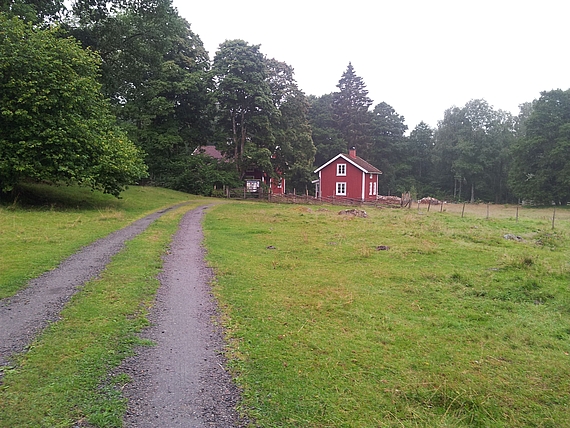Sweden
Sweden is the largest Scandinavian country in Northern Europe in terms of area. It is a constitutional monarchy with a parliamentary system of government. It thus has a unitary state structure in which the subnational level enjoys a high degree of autonomy and self-determination. This is expressed at regional and local level in the framework of local self-government in Sweden's 290 municipalities. For tasks that are easier to manage at the regional level, there are also regional councils (Landsting), which are also referred to as secondary municipalities. Within the framework of local self-government, the local and regional levels take on a high proportion of welfare state tasks. While the regional councils function primarily as the body responsible for the health system, the municipalities are responsible for the organization of the school system, care of the elderly and of the disabled.



A special feature of Sweden is the way the 10 million inhabitants are distributed across the national territory of 450,295 km². While the south of the country is more densely populated and has a higher proportion of urban centres, in the north of the country sparsely populated, peripheral areas shape the landscape. Overall, the forecast for Sweden up to 2030 is for a growing population, 80 percent of which will be concentrated in the urban areas in the south of the country, whilst municipalities and regions in the north of the country will see a population decline. A similar picture can be expected for the evolution of the age structure of the population. Overall, a steady rise in the average age of the population can be assumed, with an increasing average age more likely in the peripheral, northern regions.



In this context, Sweden faces growing challenges in ensuring public services, not least because around 70 percent of municipal expenditure is financed by a directly levied municipal income tax. In order to improve the efficiency of the services provided and to bridge the large distances involved, especially in peripheral regions, innovative approaches to public services are increasingly being used. These focus, for example, on medical care and the care of elderly population groups and take the form of e-health applications, telemedicine or the provision of more efficient means of travel and transport. In the area of post-school education and training in Sweden, distance learning options in particular can help to compensate for location disadvantages in peripheral rural areas.



The focus of the study is to identifiy these innovative approaches and to analyse them in the context of the administrative structures and the framework conditions of the Swedish social democratic welfare state.





